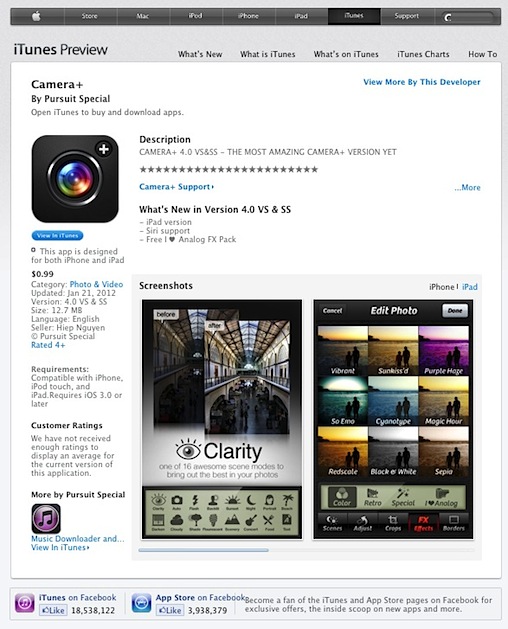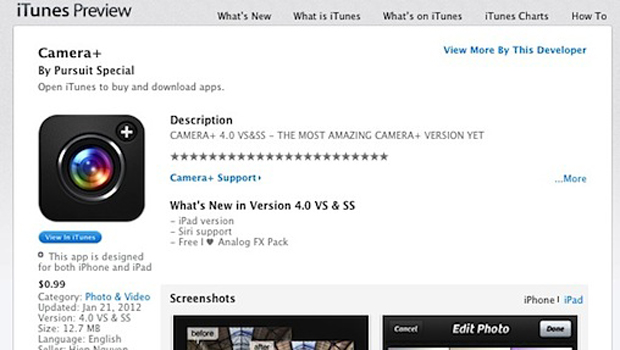
Consumer Alert: Celebrity-Promoted NFTs
Exercise caution when considering celebrity-promoted NFTs.
By Meg Heckman
Contributing Writer
The mobile app market is booming, with consumers likely spending $17.5 billion in 2012 on tiny bundles of code designed to keep them entertained, informed and organized — but each tap of the download button could put you at risk for disappointment, or worse, fraud.
In the last year, some advertised apps for both Apple and Android devices have turned out to be not quite what the consumer was actually seeking. For example, in January, a knockoff version of the popular Camera+ app was briefly available to iPhone users. Around the same time, Google yanked 22 apps designed to scam money from unsuspecting consumers.

With so many new apps launched each month, it’s impossible for companies like Google and Apple do much more than a perfunctory screening, leaving consumers on their own, according to Christopher Weaver, a fellow with MIT’s Comparative Media Studies program,
Often, the only way for consumers to judge an app is by reading product reviews left by other users. But are those paragraphs of praise what they seem? And how do you filter truth from fiction?
Bogus reviews are a fact of life for online shoppers, but they are particularly troubling in app stores, where independent developers upload a myriad of new products each day. That openness keeps the market interesting, but it also removes many of the consumer protections common in brick-and-mortar stores, Weaver says.
“Those kinds of inherent filters, gates, and checks and balances are not in fact there,” he says. “It really requires the person who’s interested in a particular product to do more homework than they’re used to doing.”
There are two types of fake reviews, says Weaver. The first category includes those written by PR firms or the developers themselves to boost a new brand. They are misleading, but seldom dangerous. That’s not the cases with some other phony reviews, however, which are designed to sell malicious apps that can swipe Data that can be used to identify you, like your name, address, birth date, or Social Security number off your mobile device. Some come in the form of a text from what seems to be familiar sources. Such was the case with an app Apple removed from its store in July 2012 which sent spam messages to a consumer’s contacts.
Scary? Sure. But there’s no need to swear off Angry Birds forever. Weaver has some tips to avoid falling for fake reviews:
Still, it’s possible for even careful consumers to buy software that doesn’t perform as promised. What then? Apple, Amazon and Google didn’t return TINA.org’s phone calls or e-mails, but their websites outline basic steps consumers can take if they download a dud.
Google Play gives you 15 minutes after purchase to return an app, no questions asked; buyers who suspect fraud should start here. Amazon customers should visit the “problem with an order” page. Apple users should contact the support department.
It’s possible that technology will soon be sophisticated enough to filter out bogus reviews. Until then, it’s best to infuse this new-fangled shopping experience with some old-fashion common sense: Buyer beware.
Meg Heckman is a New England -based journalist fascinated by how technology is changing the way we live our lives.
Exercise caution when considering celebrity-promoted NFTs.
Supplement MLM takes down dozens of deceptive claims following TINA.org investigation.
When it comes to UV devices and COVID-19, there is no magic wand.


